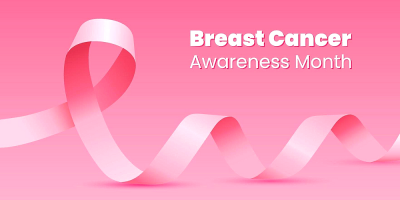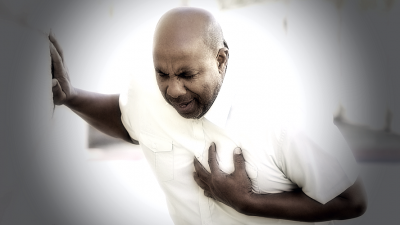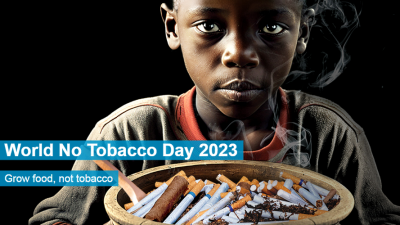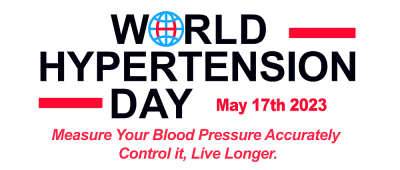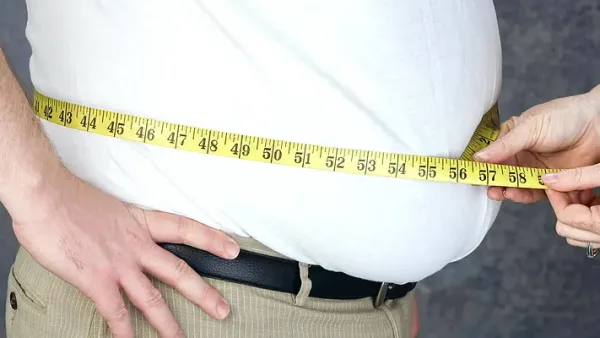Cardiovascular disease (CVD) is characterized by a broad collection of medical disorders affecting the heart or blood vessels.
Out of the many CVDs, coronary heart disease (which may present acutely as a heart attack) accounts for most of the CVD burden across many developed countries.
Unhealthy lifestyles have led to more CVD cases among working adults.
Globally, CVDs are expensive to treat and managing CVD costs more than any other diseases.
In 2017, an estimated cost of US$378 billion was lost due to CVDs in the United States while the direct healthcare cost of CVDs in Malaysia was estimated to be around RM3.93 billion during the same year.1,2
In the United States, more than half of the incurred expenses was spent to cover for the direct costs of CVDs, which included the medical fees for CVD patients to seek for therapeutic treatment in the hospitals.
The remaining portion of the lost money was attributed to the indirect costs of CVD, which may include premature death as a result from a heart attack.
In addition, most working-age adults who suffer from a heart attack require time off work to recover.
In European countries, 67% to 93% of heart attack patients return to work within three months.3
However, up to 24% of heart attack survivors quit working after a year due to multiple reasons.4
Such absenteeism from their workplace or early retirement may further lead to personal income loss or reduced economic output for employers.
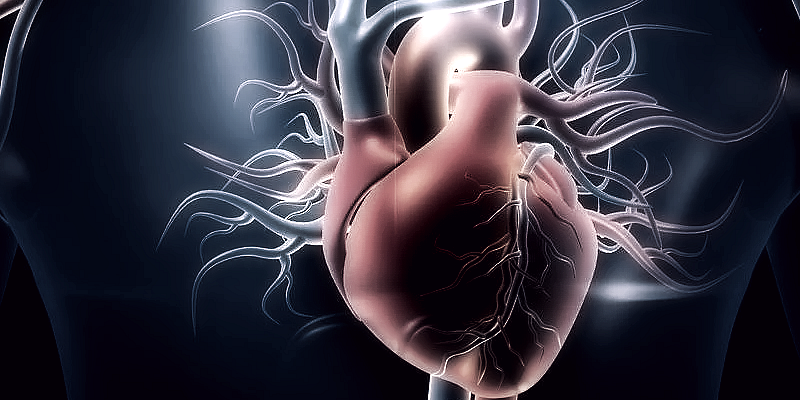
Besides the well-known lung injury, COVID-19 infection may also lead to cardiovascular complications secondary to the direct viral effect of SARS-CoV-2 causing heart muscle inflammation.
As such, COVID-19 survivors have increased risks of getting CVD for at least a year post-COVID-19 infection, as compared to healthy individuals who have not acquired COVID-19 infection before.5
Even mild, non-hospitalized COVID-19 survivors may get a CVD (manifested in the forms of stroke, heart rhythm irregularity, blood clot formation or heart failure) after the acute infection has resolved.
Such observation is apparent among working adults who lack the traditional risk factors of CVD, namely diabetes, high blood pressure and high cholesterol.
As we are transitioning to the endemic phase of COVID-19 in Malaysia, we must learn to live with the virus in the least disruptive way by adopting healthy lifestyles and public health measures to prevent infection.
In summary, the resulting economic impact of CVDs is substantial. Therefore, it is important to practice primordial or primary prevention of CVDs.
In line with the upcoming World Heart Day’s theme of “Use heart for every heart,” all adults aged 40 years and above should take the initiative to undergo an annual cardiovascular health screening at their nearest health facility.
Such an early investment in health is crucial for prompt detection and treatment of any modifiable risk factors of CVDs.
References:
1. Tsao CW, Aday AW, Almarzooq ZI, Alonso A, Beaton AZ, Bittencourt MS, et al. Heart Disease and Stroke Statistics-2022 Update: A Report From the American Heart Association. Circulation. 2022;145(8):e153-e639.
2. Direct Health-care Cost of Noncommunicable Diseases in Malaysia. 2022. Putrajaya, Malaysia: Ministry of Health Malaysia.
3. Reibis R, Salzwedel A, Abreu A, Corra U, Davos C, Doehner W, et al. The importance of return to work: How to achieve optimal reintegration in ACS patients. Eur J Prev Cardiol. 2019;26(13):1358-69.
4. Smedegaard L, Numé AK, Charlot M, Kragholm K, Gislason G, Hansen PR. Return to Work and Risk of Subsequent Detachment From Employment After Myocardial Infarction: Insights From Danish Nationwide Registries. J Am Heart Assoc. 2017;6(10).
5. Xie Y, Xu E, Bowe B, Al-Aly Z. Long-term cardiovascular outcomes of COVID-19. Nat Med. 2022;28(3):583-90.
(Dr. Yap Jun Fai, Professor Dr. Moy Foong Ming and Dr Lim Yin Cheng are affiliated with the Department of Social and Preventive Medicine, Faculty of Medicine, Universiti Malaya and the Department of Public Health, Universiti Malaya Medical Center.)
ADVERTISEMENT
ADVERTISEMENT






